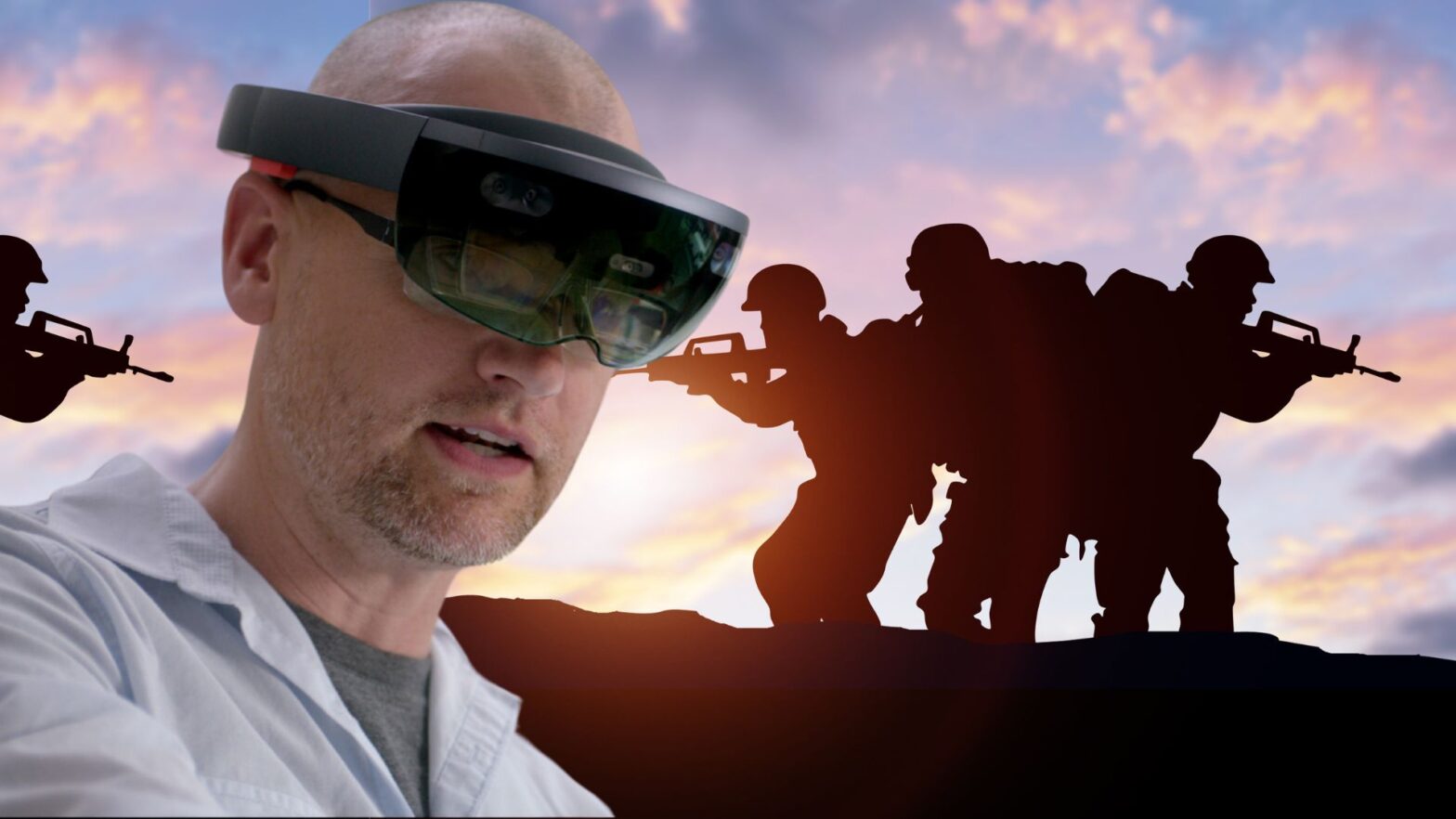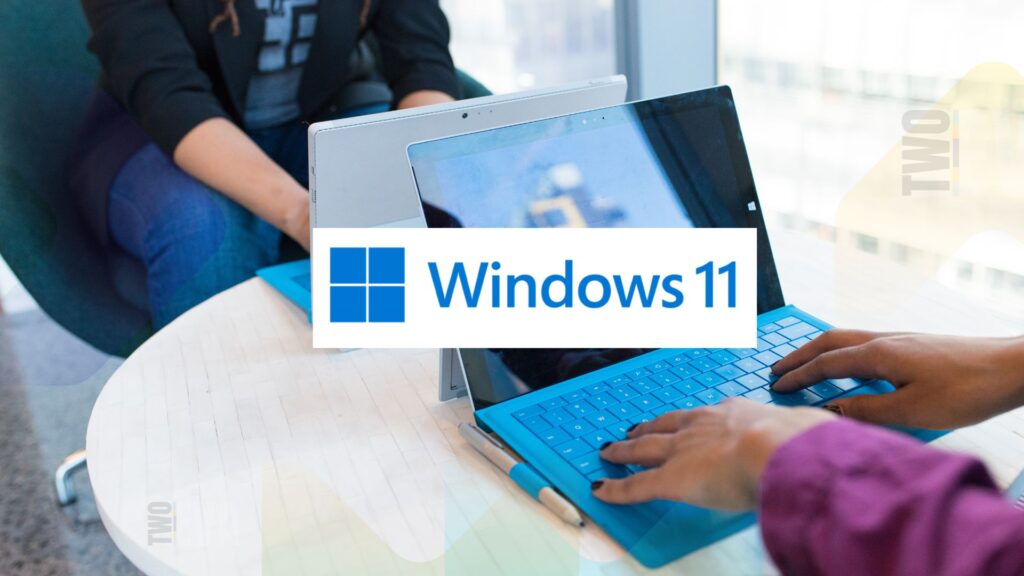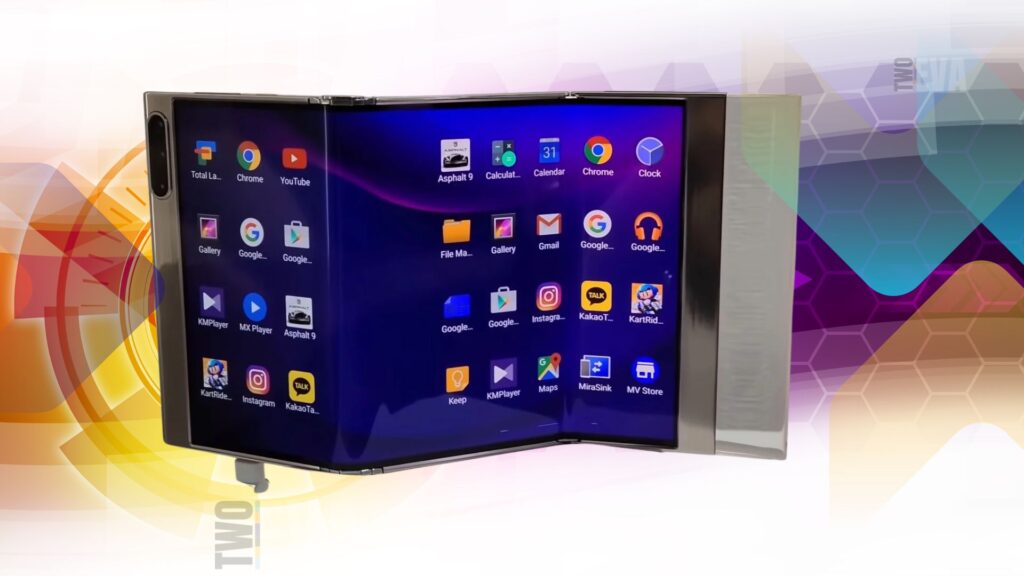In a significant shift in the defense technology landscape, Anduril Industries, a defense-tech startup founded by Palmer Luckey, has taken over Microsoft’s $22-billion contract for the Integrated Visual Augmentation System (IVAS) program for the U.S. Army. The transition, announced on February 11, 2025, marks a new chapter for the ambitious military virtual reality project that has faced numerous challenges since its inception.
The IVAS program, initially awarded to Microsoft in 2021, aims to provide soldiers with augmented reality (AR) headsets designed to enhance situational awareness, lethality, and mobility on the battlefield. However, the program has been plagued by development issues and user complaints, leading to the Pentagon’s decision to explore alternative solutions.
A Rocky Road for Microsoft’s HoloLens
Microsoft’s journey with the IVAS program has been tumultuous. The tech giant’s HoloLens 2 headsets, which formed the basis of the IVAS system, faced significant hurdles. Soldiers reported discomfort, dizziness, nausea, and other side effects during testing, leading to delays and multiple redesigns of the system.
Despite efforts to address these issues through various iterations (IVAS 1.0, 1.1, and 1.2), the problems persisted. In October 2024, Microsoft made the decision to halt production of the HoloLens 2 and cut support, prompting the U.S. Army to consider recompeting the contract.

Anduril’s Ascension
Anduril’s takeover of the IVAS program represents a major victory for the young company. Founded in 2017 by Palmer Luckey, who previously created Oculus VR before selling it to Facebook for $2 billion, Anduril has quickly established itself as a formidable player in the defense technology sector.
The company’s expertise in defense technology and innovative solutions, including its Lattice software, is expected to bring new features and potentially transformative changes to the IVAS program. Anduril will be responsible for overseeing production, future development of both hardware and software, and delivery timelines.
In a blog post announcing the transition, Luckey expressed his enthusiasm for the project, stating, “Tactical heads-up-displays that turn warfighters into technomancers and pair us with weaponized robotics were one of the products in the original Anduril pitch deck for a reason.” He also hinted at plans for new features, though specifics were not disclosed.
Microsoft’s Continued Involvement
While Microsoft is no longer the prime contractor for the IVAS program, the company will continue to play a role. According to TechCrunch, Microsoft will remain the cloud provider for the project, with Microsoft Azure serving as the preferred hyperscale cloud service for the IVAS system.
Robin Seiler, Microsoft’s VP of mixed reality, commented on the transition, saying, “We are incredibly proud of the work our teams have put in to help the U.S. Army transform its concept of a soldier-borne, AR headset into reality with the IVAS program.”
Implications for the Defense Tech Industry
This transition solidifies Anduril’s position as a major player in the defense tech industry and opens up new opportunities for growth and innovation. It also highlights the company’s agility and adaptability as a startup, allowing it to quickly respond to changes in requirements, technology, or market conditions.
The move is expected to increase competition for AR/VR technologies in the defense sector and may lead to potential collaborations or partnerships among defense tech companies. Other companies, such as Kopin, L3Harris, Palantir, and the American arms of Elbit Systems and BAE Systems, were also reportedly considering participating in the recompete for the IVAS contract.
Future Outlook
As Anduril takes the reins of the IVAS program, several key factors will shape its future:
Funding: While the original contract was valued at up to $22 billion, it remains to be seen whether the project will retain its entire budget under Anduril’s leadership.
Innovation: Anduril’s takeover is expected to bring new features and innovations to the IVAS program, potentially addressing the issues that plagued earlier versions.
User acceptance: The success of the program will ultimately depend on soldier satisfaction and the system’s ability to meet the U.S. Army’s requirements for a body-worn system with night vision capabilities, company-level communications, and supporting software.
- Timeline: The transition may impact the project’s timeline, and stakeholders will be closely watching Anduril’s ability to deliver on the program’s objectives.
As the defense technology landscape continues to evolve, the IVAS program under Anduril’s leadership will likely serve as a bellwether for the future of augmented reality in military applications. With the Pentagon’s decision to hand over the reins to a newer, more agile player, the industry watches with keen interest to see if Anduril can succeed where its predecessor faced challenges.


















